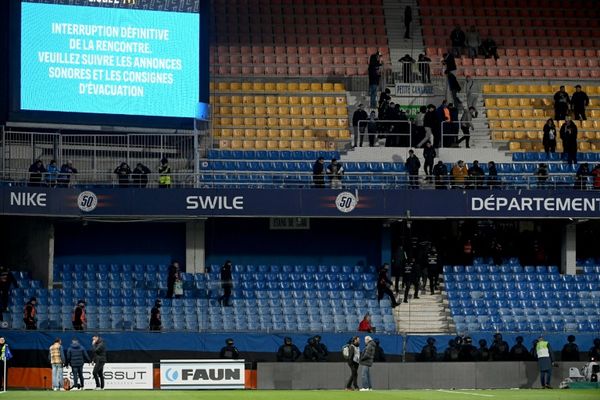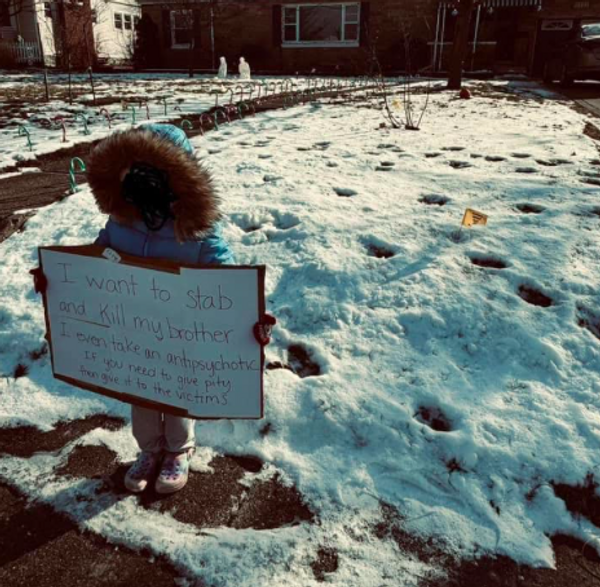In the 1920s, George Bunyan, the caretaker of a reserve at the small coastal town of Old Bar in northern New South Wales, decided to create an airstrip for some extra revenue, a place where people could refuel and take a break.
It was a humble beginning for a small airfield that went on to be declared an aerodrome by the Defence Department in 1930 and is still in use nearly a century later.
The Old Bar Airfield, now heritage-listed, was a base for prominent air searches in the 1930s and played an important role in World War II, and has a wealth of colourful tales woven into its history.
'Who's who' of aviation pioneers
Researcher Janine Roberts, who co-founded the history website MidCoast Stories and has investigated the airfield's rich history, said the list of pilots who landed there in its early days read like a "who's who" of aviation pioneers.
A 1930 event, organised by the Bunyans after the airstrip was declared an aerodrome, attracted some big names.
"There was a big air pageant held where flying exhibitions happened [as well as] parachute drops; there were joy flights by well-known pilots," Ms Roberts said.
Taking flight
At the age of 19, Nancy Bird Walton became the first woman to hold a commercial flying licence in Australia.
She had strong ties to the Mid North Coast, having grown up there.
Her passion for flying was sparked by her first flight at Wingham, not far from Old Bar.
Nancy Bird Walton flew to Old Bar in its early days to visit friends and returned in the 1990s for a celebration of the airfield.
'Greta Garbo of the skies'
New Zealand's Jean Batten was another pioneering female aviator who touched down at Old Bar.
Ms Roberts said Ms Batten broke a record by doing the first solo flight around the world, from England to New Zealand, in 1936.
"Every time she completed a major flight, she had this white, silk outfit that she'd change into and put her red lipstick on before coming out to the audience," Ms Roberts said.
Fighter ace flies in
An Australian fighter ace of World War I, Captain Les Holden, who was awarded the Military Cross, also flew into the airstrip.
He had become a commercial aviator after the war and took joy flights at Old Bar.
"He was the one who actually located Charles Kingsford Smith and Charles Ulm when they went missing in the Australian desert in 1929 on a flight to England," Ms Roberts said.
A key refuelling point
Old Bar's location between Sydney and Brisbane meant it played a key role in early air mail and passenger services.
Captain Charles Ulm, who in partnership with Sir Charles Kingsford Smith established the airline Australian National Airways in 1929, flew into Old Bar many times.
"Charles Ulm was a co-pilot with Charles Kingsford Smith on many famous flights including the first crossing of the Pacific in 1928," Ms Roberts said.
Old Bar was also used by the Royal Australian Air Force (RAAF) as a refuelling base.
Mystery Island
In the 1930s the airfield served as a base for two prominent air searches.
The first was for two actors, Australian film star Brian Abbot and fellow actor Desmond Hay (Leslie Hay-Simpson), who had gone to Lord Howe Island in 1936 with a crew of 30 to film the movie Mystery Island.
The crew returned to the mainland on the SS Morinda, but the two actors decided to make the return trip in a 16-foot boat and a week later there was no sign of them.
"A major search was done, and Old Bar was one of the bases for the planes searching up and down the coast and three RAAF planes joined in on that search," Ms Roberts said.
"Sadly, the men were never found again.
Stinson search
The airfield was also used in 1937, when a Stinson Airliner, carrying mail and passengers, went missing on a flight between Brisbane and Sydney.
"Jean Batten actually joined that search that was based partly at Old Bar," Ms Roberts said.
Ms Roberts said the plane was presumed lost, until Bernard O'Reilly of the Lamington Guest House went looking.
A World War II base
During World War II, the RAAF refuelled at Old Bar and a plane was based at the airfield to map and survey the coastline.
"The Japanese forces were actually getting very close," Ms Roberts said.
"A Wackett Gannet plane kept an eye out for any submarines and things like that that might be travelling up and down the coast."
During wartime, dramatic preparations were made for forced landings due to poor weather.
"There was nowhere for 57 crew members to stay at Old Bar so they were bussed to Taree and the town put on a dance that night at the [local] hall."
'Old Bar, 8 miles east'
In another instance, the entire town of Taree, just west of Old Bar, was blacked out so a morse code message could be sent.
"In 1945 a Beaufort plane went off course during a storm and contacted the Taree control for help," Ms Roberts said.
"While that was happening people at Old Bar were setting out flares …lighting the runway.
"But as it got its bearings from the flares and the morse code it actually made its way back to Williamtown."
'It's never been lost'
The Old Bar airstrip is now regularly used by recreational pilots.
The RAAF will continue its long association with the area when it runs flight training exercises at the airfield from late February into April.
"There's an excitement and buzz when planes are in the town," Ms Roberts said.
"Old Bar is an old airfield; it's never been lost and that's really nice to see."







